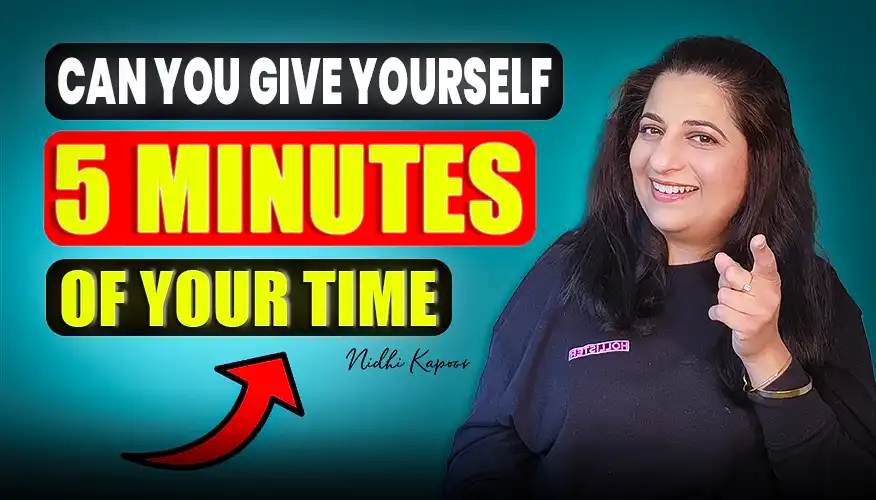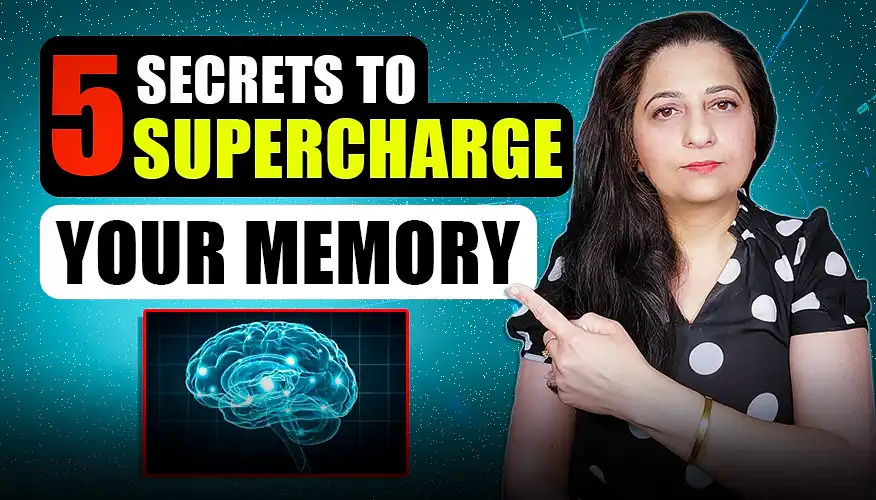Today we’re diving into the physical realm of stress and anxiety management. In my previous blog, we tackled the intricacies of anxiety, focusing on the ‘neck up’ approach, harnessing the power of our minds to transform internal dialogue and conquer stress. But today, it’s all about the ‘neck down stress anxiety‘—unleashing the power of physical activities and exercises to eliminate stress and anxiety.
A quick disclaimer before we kick things off: I’m not a medical professional or a meditation guru. The insights I’m about to share are rooted in in-depth research and the experiences of countless individuals who have successfully battled stress and anxiety. So, let’s get started.
#1. Havening: A Safe Haven for Your Mind
Our first stop is the intriguing world of Havening Techniques. This relatively new approach to psychotherapy and emotional healing was developed by the dynamic duo of Dr. Ronald Ruden, a medical doctor, and his brother Dr. Steven Ruden, a psychotherapist. Havening involves a series of simple touch and attention techniques designed to help individuals cope with and overcome emotional and psychological challenges, particularly those stemming from traumatic experiences and distressing memories. The word “Havening” itself, derived from “haven,” symbolizes the goal of creating a safe space within one’s mind.
Havening’s key components include soothing touch techniques that induce delta brain waves, known for relaxation and safety, as well as therapeutic dialogue and visualization to address and reframe traumatic memories. Often used in conjunction with traditional therapies, Havening is believed to help individuals process and release emotional trauma, reduce anxiety, and improve emotional well-being. While the scientific evidence supporting its efficacy is still evolving, many practitioners and clients have reported positive outcomes with Havening.
To learn more about Life Coach please visit: nidhikapoor.com
#2. Box Breathing: Inhale, Hold, Exhale, Repeat
Next up, we’ve got Box Breathing, also known as the 4-4-4-4 technique—a simple and effective relaxation method to reduce stress and anxiety while promoting a sense of calm. This mindfulness practice involves regulating your breathing in a specific pattern, and the best part is, you can do it almost anywhere.
Simply find a comfortable position, close your eyes if it helps you focus, and then follow these four steps: Inhale for four seconds, hold for four seconds, exhale for four seconds, and hold for another four seconds before beginning the next cycle. This rhythmic process helps slow your heart rate, reduce stress hormones, and enhance your sense of calm. It’s a valuable tool for managing anxiety, and improving concentration, and can be used in various situations, whether it’s before a big meeting, during overwhelming moments, or when you’re trying to catch some Z’s.
The simplicity of box breathing makes it accessible to almost anyone, making it an effective technique to have in your stress-reduction toolkit.
#3. 5-4-3-2-1 Grounding Technique: Reconnecting with the Present
Now, picture this: you’re feeling overwhelmed, stress and anxiety are creeping in, and you need an immediate lifeline. That’s where the “5-4-3-2-1” grounding technique comes in handy. It’s your ticket to regain a sense of calm and control in the midst of chaos.
This technique encourages you to engage your five senses, anchoring yourself in the present moment. It’s as simple as acknowledging five things you see, recognizing four things you can touch, identifying three things you hear, acknowledging two things you can smell, and recognizing one thing you can taste. By diverting your attention away from anxious thoughts and into the sensory world around you, you can reduce the intensity of anxiety and experience greater calm and focus.
Remember, this technique can be your secret weapon anywhere, anytime you need to manage anxiety.
#4. Hand on Heart Method: Hug Your Stress Goodbye
An incredibly simple yet effective method to reduce anxiety involves the hand-on-heart technique. Just place your hand on your heart and take slow, steady breaths while imagining your breath filling your heart’s centre. Your heart is not just a symbol of love; it’s a neural powerhouse that, when activated, releases oxytocin and gets the parasympathetic nervous system doing its magic. This technique is especially useful for calming anxiety in children, making it a versatile tool for individuals of all ages.
#5. Loving Kindness Meditation (Metta): Share the Love
Our final destination is Loving Kindness Meditation, an age-old practice rooted in Buddhist tradition. Metta involves repeating a set of phrases and sending out your wishes for happiness, peace, and health to yourself and all beings. It all starts with recognizing your own worthiness of love and kindness.
As you silently repeat phrases like “May I be free from anger”, “May I be free from ill will”, “May I be free from jealousy”, “May I be free from mental suffering”,” May I be free from physical suffering”,” May I live in peace”, “May I live happily,” you extend these wishes to an increasingly wider group, starting with someone you love, someone neutral, someone you have negative feelings about, and ultimately, to all beings.
Studies have shown that just 10 minutes of loving-kindness meditation can have an immediate measurable relaxing effect, as seen through increased activity in the parasympathetic nervous system and slower respiration.
So, there you have it—the ‘neck down’ approach to eliminating stress and anxiety. These techniques are like your personal arsenal in the battle against stress.
If you found these techniques as intriguing as we did, don’t forget to like and share for more inspiration. Until next time, take care, lovely souls. Remember, you’ve got this, and the path to a calmer, happier you is just a deep breath away!




